Uncategorised
Article Count: 1Articles
Article Count: 0
Has anybody stopped to think what will happen to the internet in the future if we are not able to generate electrical power due to ever invading “green” policies? What then will happen to our knowledge and history? As with all antique items, the carbon footprint to produce them has long since passed into history. The paper books, postage stamps, postcards, fine art and paper ephemera are all relics of days gone by that we may have to rely upon in the future for our knowledge and history.
Warning: Undefined property: Joomla\Component\Content\Site\View\Categories\HtmlView::$level in /usr/www/users/rarity4u/plugins/system/helixultimate/overrides/com_content/categories/default_items.php on line 56
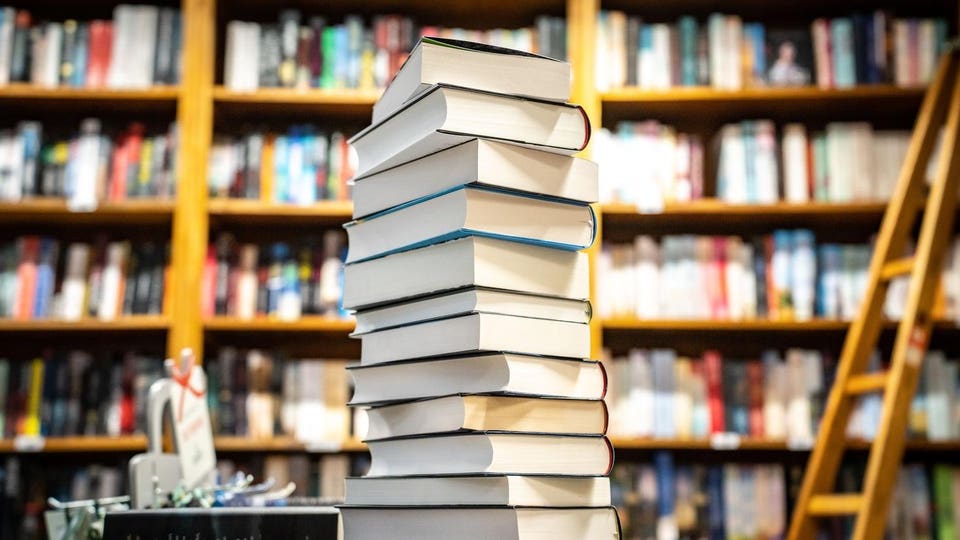
The history of human beings has been drawn on cave walls, stone and paper of all sorts. Books, Posters, Magazines, Postage Stamps, Postcards, Fine Art, Newspaper, Photographs and many more. Whilst the internet is currently the most frequently used and convenient resource, the information on the humble paper or canvas remains supreme. As with all antique items, the carbon footprint to produce them has long since passed into history. The paper books, postage stamps, postcards, fine art and paper ephemera are all relics of days gone by that we may have to rely upon in the future for our knowledge and history. What makes a paper item valuable? The author, painter, subject, date, binding, framing, distinctive illustrations, provenance, rarity, edition, printing, usefulness – or any combination of these – are all factors in determining the value of a paper item, but above all, the item must be complete and in good condition.
Books
Article Count: 5
What makes a book valuable? The author, subject, date, binding, distinctive illustrations, provenance, rarity, edition, printing, usefulness – or any combination of these – are all factors in determining the value of a volume, but above all, the book and its dust jacket must be complete and in good condition. From modern first editions to tales of discovery, the scope for the book collector is enormous. Whatever your interest or depth of pocket, there are sure to be books that fit.
Fine Art & Artists
Article Count: 2
Pleasure should always be the deciding factor when buying a picture. It is only by satisfying this purely subjective need, and having to live with the result, that you can build up a really interesting collection. It is for this reason that collectors will constantly rehang or sell part of their collection in exchange for new acquisitions. For an individuals taste is constantly developing, this development should be based upon the attitude that all pictures are interesting, but some are more interesting than others. As the eye becomes more experienced it should be constantly appreciating good quality in mediocre paintings whilst marvelling at, when possible buying, paintings which fulfil all expectations.
Post Cards, Trade Cards, Visit Cards
Article Count: 0
One collecting area that is underrated is postcard, visit and trade card collecting. Collecting these items, especially vintage cards or those from a well known person, can be fun, and financially rewarding. The most valuable postcards are those that were made before 1930 which are called “pre-linen”. Cards from that time to the mid 1940s are also in demand. Unless one is very well versed and trained in the art of collecting postcards they may have no idea of how valuable the items may be and in the case of buying them at art auctions they are usually not even announced as part of the available items for sale. This is great for you if you are knowledgeable since you will be able to reap the benefits of knowing what the postcards are actually worth and potentially pick up a great collection relatively cheaply. If you want to get into a fun and very educational hobby then collecting postcards may be for you and if you have children they may find it fun as well. Post cards are relatively cheap to buy, most starting around a pound or so. You can pick up collections at auction and never know what you might find there! Some sell for hundreds but they are rare, but in your search you may find one. Beware of reproductions, obviously, a used and stamped postcard is the best guarantee of authenticity.
Cleaning & Maintenance Products
Article Count: 6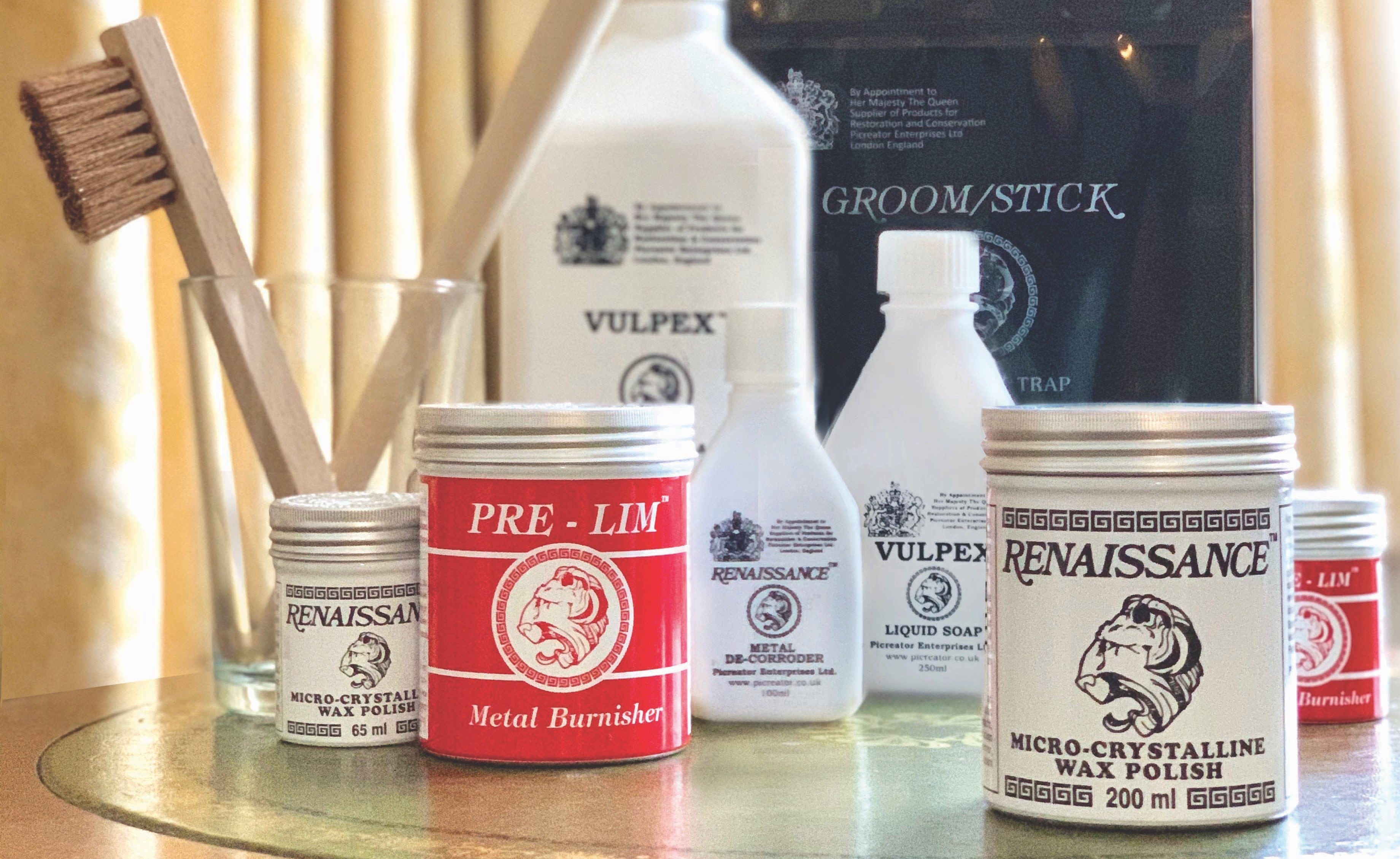 Very few people set out intentionally to ruin an antique, but people regularly make costly mistakes every day when caring for antiques. Why should this be so? In most cases it is simply because they do not know any better, or they follow old wives tales and old fashioned handed down methods. The technology developed to put a man on the moon and oil platforms into the North Sea, has become available to us for use in our everyday lives. The range of products that we supply includes the world-renowned Renaissance wax which was developed in the laboratories of the British Museum and is used to preserve all types of objects in the museum and historical collections. We are often consulted by architects and conservators who wish to use the products in the cleaning and maintenance of both interior and exterior surfaces.
Very few people set out intentionally to ruin an antique, but people regularly make costly mistakes every day when caring for antiques. Why should this be so? In most cases it is simply because they do not know any better, or they follow old wives tales and old fashioned handed down methods. The technology developed to put a man on the moon and oil platforms into the North Sea, has become available to us for use in our everyday lives. The range of products that we supply includes the world-renowned Renaissance wax which was developed in the laboratories of the British Museum and is used to preserve all types of objects in the museum and historical collections. We are often consulted by architects and conservators who wish to use the products in the cleaning and maintenance of both interior and exterior surfaces.Clocks, Watches & Scientific Instruments
Article Count: 0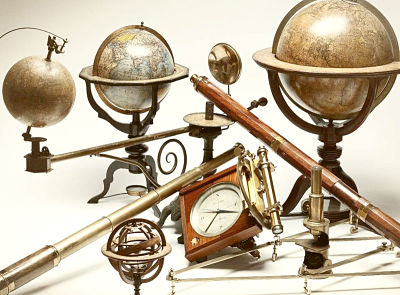 The lure of antique timepieces lies in their combination of art and technology. Visual clues can help date the item and identify its mechanics.
The lure of antique timepieces lies in their combination of art and technology. Visual clues can help date the item and identify its mechanics.Barometers and thermometers still have their place in forecasting the weather, but early examples are now collector´s items too.
Scientists, astronomers, sailor and the general public employed a range of microscopes, telescopes and other magnifying instruments as diverse as the stargazers´six-footer to pearl encrusted opera glasses.
Clocks
Article Count: 1
From longcase clocks to cuckcoo clocks, tower clocks to marine chronometers, carriage clocks to table clocks, the avid collector is spoilt for choice.
Watches
Article Count: 1
A watch is a portable timepiece intended to be carried or worn on or by a person, and designed to keep a consistent movement despite the motions caused by the person's activities. There are two main types of watches namely a wristwatch designed to be worn around the wrist, attached by watch strap or other type of bracelet, and a pocket watch designed for a person to carry in a pocket, often attached to a chain.
Coins, Tokens & Banknotes
Article Count: 2 Coins and historic medallions have long been appreciated by collectors, many of them being considerable works of art in their own right, and all of them expressing a facet of history. Who, on finding a silver coin of the reign of George II, marked with the name LIMA, would be anything but fascinated to discover that the silver used in the making had come from captured treasures. The British privateers the Duke and the Prince Frederick, had taken two armed French ships in the North Atlantic and, on their return to Britain, the captured silver was immediately taken to the Tower of London where it probably supplied more than half the coinage of George II’s reign. Coins of this period, particularly the low denominations, are by no means overpriced. It is also surprising to note the prices obtained for silver coins of the 1200’s and 1300’s. A silver penny of the reign of King Edward I, for example, may still be purchased for well under £50.00, yet such a coin is in fact a medieval royal portrait that has been actually hammered individually by hand.
Coins and historic medallions have long been appreciated by collectors, many of them being considerable works of art in their own right, and all of them expressing a facet of history. Who, on finding a silver coin of the reign of George II, marked with the name LIMA, would be anything but fascinated to discover that the silver used in the making had come from captured treasures. The British privateers the Duke and the Prince Frederick, had taken two armed French ships in the North Atlantic and, on their return to Britain, the captured silver was immediately taken to the Tower of London where it probably supplied more than half the coinage of George II’s reign. Coins of this period, particularly the low denominations, are by no means overpriced. It is also surprising to note the prices obtained for silver coins of the 1200’s and 1300’s. A silver penny of the reign of King Edward I, for example, may still be purchased for well under £50.00, yet such a coin is in fact a medieval royal portrait that has been actually hammered individually by hand.Company
Article Count: 0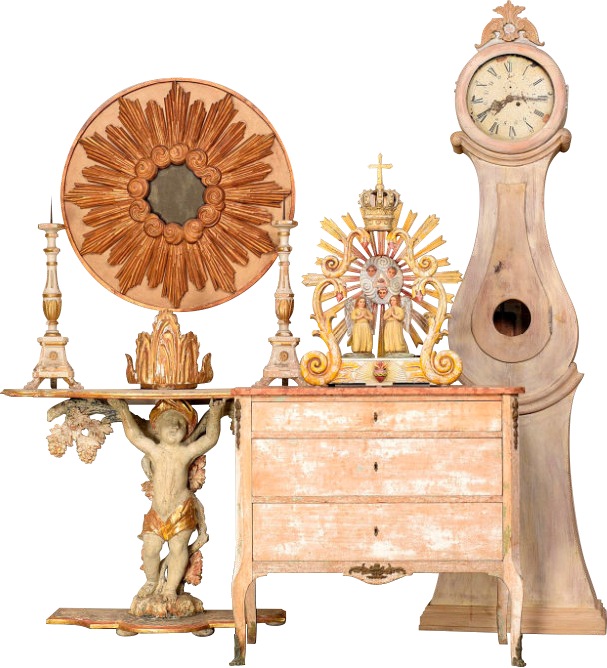
Our customers are our most valuable asset. We understand the apprehension when buying online from an unknown company, so we publish all our policies to reassure our customers they are dealing with a trusted and professional company.
General
Article Count: 4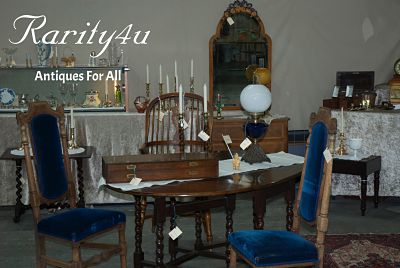
It is important we gain your confidence by publishing general information about Rarity4u. We are a family run company offering a personal service and suggest people only buy from a trusted supplier.
Policies & Proceedures
Article Count: 3
All companies both big and small have policies and procedures by which they are governed and Rarity4u is no different.This is where we publish all the legal small talk and small print in simple understandable language. We advise all people to read and familiarise yourself with these policies.
Ceramics
Article Count: 2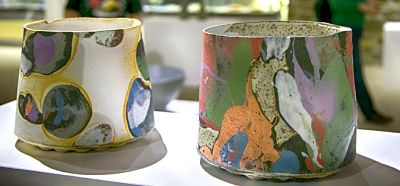 In a typical home there are likely to be more objects made of ceramics – earthenware, stoneware and porcelain – than any other single category of material. Most will be 1900s and 2000s, a fair proportion will be late Victorian and perhaps a few pieces will be earlier.
In a typical home there are likely to be more objects made of ceramics – earthenware, stoneware and porcelain – than any other single category of material. Most will be 1900s and 2000s, a fair proportion will be late Victorian and perhaps a few pieces will be earlier.Oriental ceramics have a far richer history than those in the west. Fine porcelain was made in China from at least the 800's and started to reach Europe around 1600s.
Despite their inherent fragility, many early Chinese pieces survive and are keenly collected.
Everything Else
Article Count: 0 A menagerie or collection of categories and topics that do not fit conveniently anywhere else.
A menagerie or collection of categories and topics that do not fit conveniently anywhere else.The idea of an object having value due to its age is only about 100 years old. It may only be a coincidence that this corresponds to when the legal definition of an antique was established. Before that, except in the case of Greek and Roman antiquities, items were judged purely on their artistic merit, or how fashionable they were, age meant very little.
Very often furniture and other important works of art filtered down through the social strata as the landed gentry refurnished their houses. This frequently involved a complete updating, replacing not only the decorations but occasionally remodelling the fabric of the building as well. Some outdated or unfashionable furniture and other items were banished to the attic or the servants´quarters or simply dumped, to be recycled by the estate workers. Passed on down the centuries, and often altered on the way, these objects eventually find their way onto the market, sometimes without the current owner appreciating the value. The anticipation that an undiscovered treasure may be lurking in the next shop is part of the thrill of collecting.
Advertising & Packaging
Article Count: 5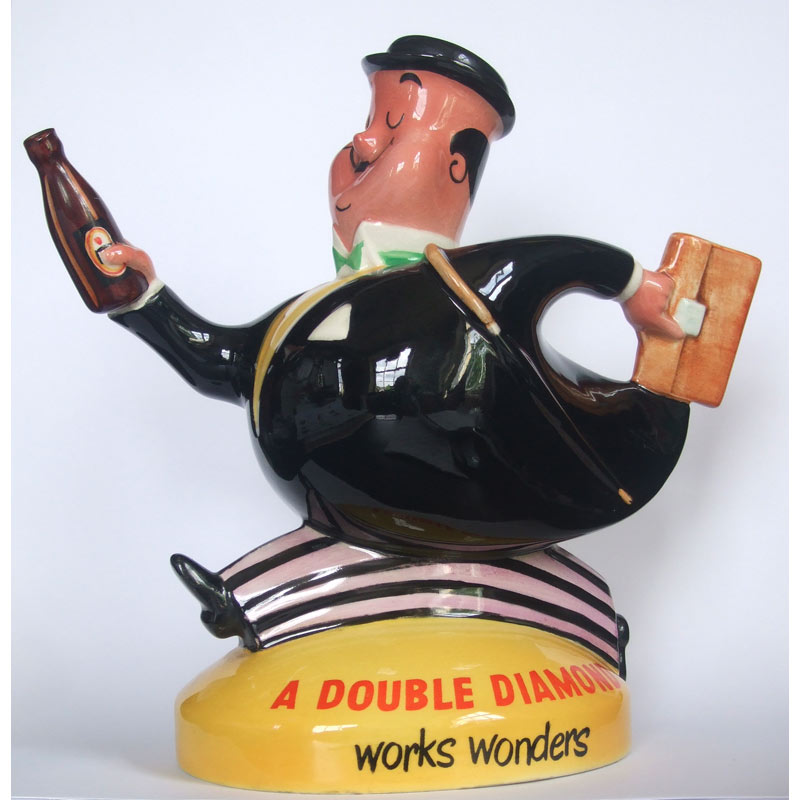
Because there is so much choice of material, there are specialist collectors for all sorts of advertisements from engraved 1700's trade cards to pottery Guinness toucans, labels, posters, large enamelled metal street 'puffs' as they became known in the 1800's, and shop signs such as barbers' poles and opticians' spectacles. There are calendars, book marks and paper weights, clothes hangers, shoe trees, thermometers, ashtrays, biscuit tins, bar furnishings and beer mats, and among the first attempts to sell through attractive packaging was the pot lid.
Architectural Salvage
Article Count: 1
From a single piece to entire homes, buildings and factories, architectural salvage covers it all. Homeowners, landscapers, interior designers, restaurant and bar owners, retailers and set designers all desire or require architectural antiques and salvage from time to time. So whether you are seeking fireplace mantels, doors, steel frame factory windows, vintage chicken wire glass, salvage beams and flooring, farmhouse sinks, claw-foot tubs, wrought iron gates and fencing, lighting, nautical décor, industrial structures or salvaged aircraft parts, there is an architectural piece for everyone and every purpose.
Badges & Souvenirs
Article Count: 1 Acquiring a badge or souvenir as a keep sake, a talking piece, one up man ship, or simply to remind oneself of happy memories of places visited and experiences of journeys previously undertaken. Today we use a camera or telephone to take photographs, but one wonders if the plethora of digital photographs will be as collectable in the future.
Acquiring a badge or souvenir as a keep sake, a talking piece, one up man ship, or simply to remind oneself of happy memories of places visited and experiences of journeys previously undertaken. Today we use a camera or telephone to take photographs, but one wonders if the plethora of digital photographs will be as collectable in the future.Beauty & Barber
Article Count: 7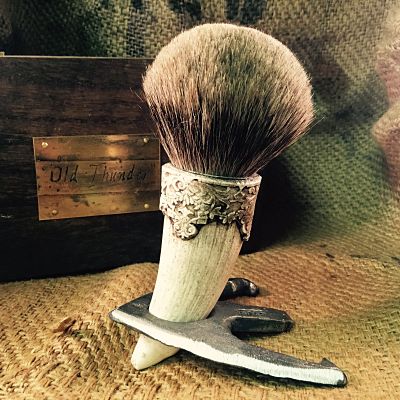
Human beings have been adorning or improving their looks since the creation of time. From the need to remove unwanted body hair, to applying facial powders and lipstick to improve ones look, beauty has always played an important role in fashion and human development. Beauty, hygiene and grooming equipment is generally a neglected area of collecting. No longer do we use or manufacture beautiful cut glass silver topped perfume bottles because they have been replaced by modern packaging. Be that as it may, modern packaging is functional and practical rather than beautiful and useful.
General
Article Count: 8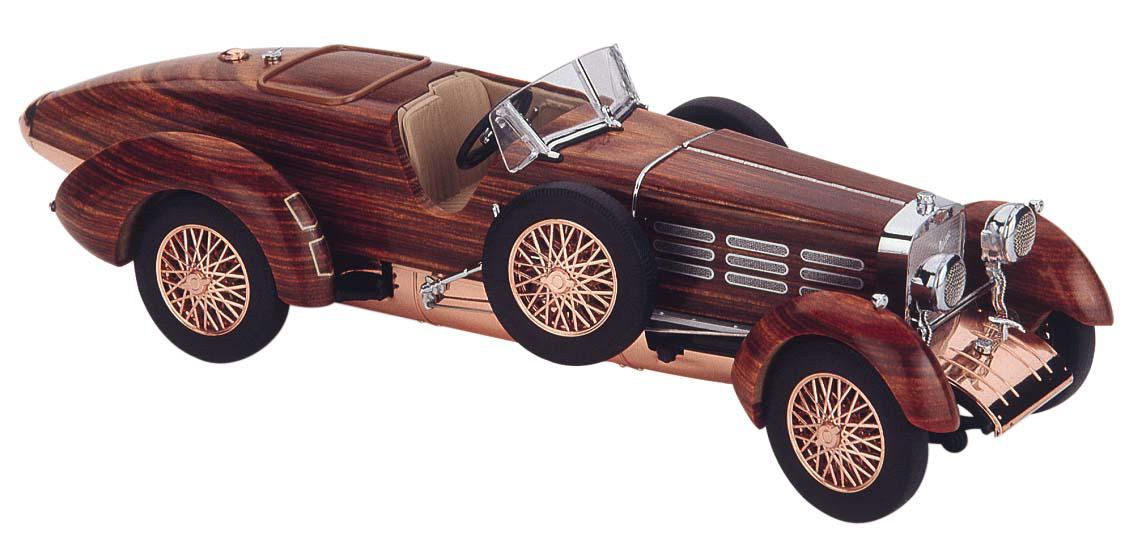 Here you will find general information about antiques, that applies across many different categories. from buying and selling tips to what to collect today that will become a sort after antique tomorrow. The reader will need to adapt the information depending on whether one is considering an antique car or an antique model of the car. Antiques is a very large and specialized subject where many books and much information is available. We cannot therefore do justice to the subject without writing yet another book on the subject, so this is only meant to be a brief introduction to an alluring and fascinating subject. The anticipation that an undiscovered treasure may be lurking in the next shop is part of the thrill of collecting.
Here you will find general information about antiques, that applies across many different categories. from buying and selling tips to what to collect today that will become a sort after antique tomorrow. The reader will need to adapt the information depending on whether one is considering an antique car or an antique model of the car. Antiques is a very large and specialized subject where many books and much information is available. We cannot therefore do justice to the subject without writing yet another book on the subject, so this is only meant to be a brief introduction to an alluring and fascinating subject. The anticipation that an undiscovered treasure may be lurking in the next shop is part of the thrill of collecting.History, Culture & Customs
Article Count: 0 Eating and drinking customs and habits help to define who we are. The Ale Warmer or Muller is a good example of a once common every day article that was developed to satisfy the desire for warm ale on a cold winter´s night. Even the tables where we eat our food and the chairs upon which we sit have evolved over time according to changing customs, habits and fashion. The very scenery and environment in which we live all influence who and what we are. Many will romanticise about the good old days, and for some they were just that, but for the many it was a time of drudgery, toil and hard work for little gain or financial reward.
Eating and drinking customs and habits help to define who we are. The Ale Warmer or Muller is a good example of a once common every day article that was developed to satisfy the desire for warm ale on a cold winter´s night. Even the tables where we eat our food and the chairs upon which we sit have evolved over time according to changing customs, habits and fashion. The very scenery and environment in which we live all influence who and what we are. Many will romanticise about the good old days, and for some they were just that, but for the many it was a time of drudgery, toil and hard work for little gain or financial reward.American History Culture & Customs
Article Count: 9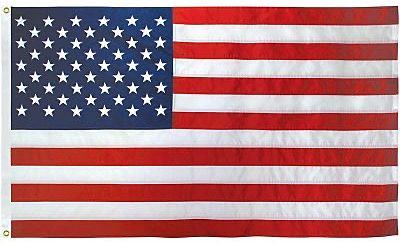
Styles and fashions have been copied, altered and adapted since time began and American antiques are no different. The development and evolution of the USA gave rise to unique styles and pieces combining practicality, abundance or scarcity of materials along with native American Indian influence.
British History, Customs, Culture & Traditions
Article Count: 3
Styles and fashions have been copied, altered and adapted since time began and British antiques are no different. The development and evolution of Britain and the British has been greatly influenced not only by modernisation but also by the styles from many other countries. Unique styles combining practicality, abundance or scarcity of materials along with local influence gave rise to attractive and unique pieces.
Customs & Traditions
Article Count: 1
Customs and traditions are intertwined with a country’s history and hence its people. A tradition is a practice that has been passed down through generations and is observed by the majority of people in a society or culture, whereas a custom can be short-lived and observed only at the family or individual level. Many customs are things that people do that are handed down from the past. Usually, the people come from the same country, culture, or religion, but they do not necessarily know when the custom started. Furthermore, while all traditions may qualify as customs, not all customs are traditions.
Stolen Goods & Fakes
Article Count: 10
We publish items of interest to keep people up to date with market trends. Even in affluent times, thieves and fakes abound. At any time, one cannot be too careful so we should all do what we can to protect our property. Fakes from Russia, China and elsewhere are becoming more frequent and more difficult to spot and the market is awash with these items. Specialist collectors and dealers have been genuinely caught, so research the subject before you part with any hard earned cash.
Writing & Accessories
Article Count: 2 Vintage fountain pens have been bought since the 1970s by a wide range of people for their personal use. Similarly, silver and gold mechanical propelling pencils, invented by Sampson Mordan in 1822, display an incredible level of decoration. However, many items, such as desk stands containing pen holders and pen wipers and similar, no longer have any practical use and are therefore only of interest to collectors. Desk stands depending on quality of manufacturer; detail, material and maker are still reasonably priced. Items produced by Parker and Waterman are the most desirable. Most examples to be found are from the Art Nouveau, Art Deco or Modern period in style and may also appeal to collectors of those periods. Stand-alone inkwells can still be found. Inkwells of animal or novelty shape remain popular, as are inkwells with unusual mechanisms to stop the ink running dry and to keep it level. Travelling writing sets were widely produced from the early 1800s and contained everything needed to write a letter, including pen, pencil, penholder, candle and seal. More complicated sets also include other items like a postal balance, tooth stick, coin gauge and tape measure, and these sets are reasonably valuable. Their actual value will mainly depend on age, quality of materials, manufacture and the complexity of the set, which should be as complete as possible. Travelling writing compendia are more compact versions, and generally contain just pen and ink in discrete compartments.
Vintage fountain pens have been bought since the 1970s by a wide range of people for their personal use. Similarly, silver and gold mechanical propelling pencils, invented by Sampson Mordan in 1822, display an incredible level of decoration. However, many items, such as desk stands containing pen holders and pen wipers and similar, no longer have any practical use and are therefore only of interest to collectors. Desk stands depending on quality of manufacturer; detail, material and maker are still reasonably priced. Items produced by Parker and Waterman are the most desirable. Most examples to be found are from the Art Nouveau, Art Deco or Modern period in style and may also appeal to collectors of those periods. Stand-alone inkwells can still be found. Inkwells of animal or novelty shape remain popular, as are inkwells with unusual mechanisms to stop the ink running dry and to keep it level. Travelling writing sets were widely produced from the early 1800s and contained everything needed to write a letter, including pen, pencil, penholder, candle and seal. More complicated sets also include other items like a postal balance, tooth stick, coin gauge and tape measure, and these sets are reasonably valuable. Their actual value will mainly depend on age, quality of materials, manufacture and the complexity of the set, which should be as complete as possible. Travelling writing compendia are more compact versions, and generally contain just pen and ink in discrete compartments.Furniture
Article Count: 0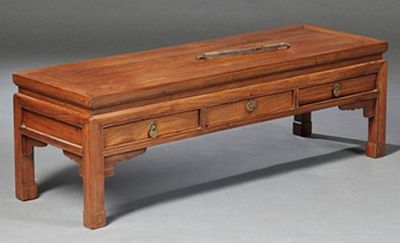 One of the delights of antique furniture as with all practical antiques, is that it is a tangible link with the past. Sitting at a 1700´s desk, it is easy to imagine an earlier owner leaning on the same surface, struggling with an important letter. An ink stain on a well-rubbed edge adds to the sense of continuity.
One of the delights of antique furniture as with all practical antiques, is that it is a tangible link with the past. Sitting at a 1700´s desk, it is easy to imagine an earlier owner leaning on the same surface, struggling with an important letter. An ink stain on a well-rubbed edge adds to the sense of continuity.The way antique furniture carries the mantle of age is one of its appealing characteristics. Whilst ceramics and glass are little altered by the years, a piece of furniture changes in subtle ways, its timbers gradually shrink and mellow through handling, polishing and exposure. This slow maturing gives it a unique patina that cannot be matched – or reproduced – by the finest new pieces.
Glass
Article Count: 0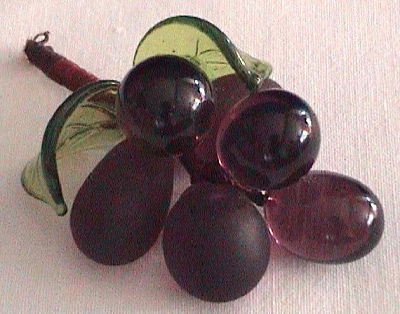
Glass has a magical quality born of its transition from sand and other minerals to vessels of transparent delicacy. Barring breakage, scouring pads and dishwashers, glass is wonderfully resistant to age, neither warping like furniture, nor tarnishing like metal. It can look the same after 200 years as it did when as new the shape and style reflecting the customs and habits of the time.
Jewellery & Gemstones
Article Count: 0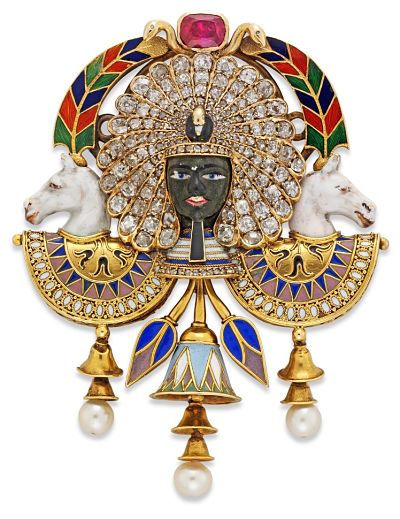
The value of jewellery depends on the quality of the materials used to make it, its design, maker and condition, and the prevailing fashion and taste.
Rare gems of the highest quality are usually a good investment because the political and physical problems involved in mining them and the scarcity of fine stones means that supply is unlikely to exceed demand. Diamonds are the exception as their supply is controlled by an international cartel to maintain prices, but demand can always be fulfilled so no dramatic rise in pieces is likely.
Jewellery
Article Count: 1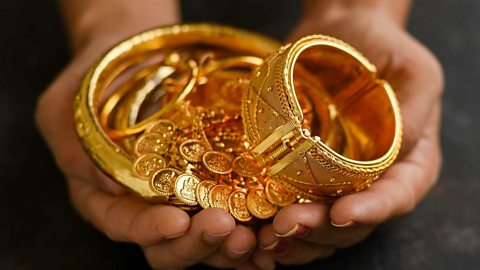
Humans have been fascinated with jewellery and gemstones since time began. It is said that jewellery making is the oldest profession in the world or at least associated with the oldest profession in the world. Whatever may be the case there is no sign that Jewellery will cease to be important to humans for many years to come and hence makes for an enjoyable collecting area.
Metalware
Article Count: 0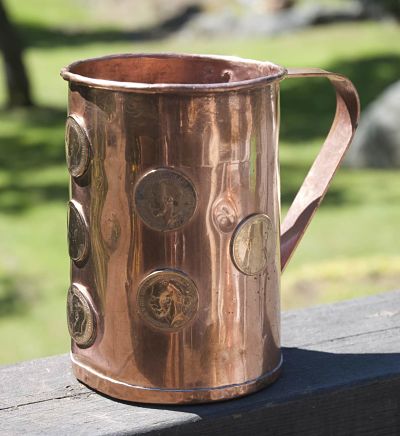
Metals are a natural and abundant resource that is both malleable and extremely durable, which makes them suitable for all manner of practical purposes. Pure metals, such as copper, iron, lead and tin, and various alloys including brass, bronze and pewter have been used around the world for thousands of years. Metals have played a significant role in the development of human civilisation, with bronze and iron used to make early tools and weapons. Drinking vessels and utensils for making and eating food have been fashioned from metal since ancient times. Pewter and spelter were inexpensive alternatives to more precious metals.
General
Article Count: 10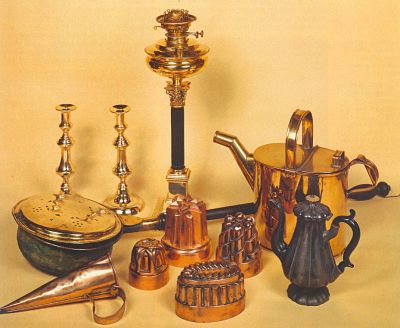
Humans have used metal objects to help and assist then in their daily endeavours. Before electricity, creating fire and light was a major problem and as a consequence a whole industry, terminology and paraphernalia accompanied the ritual of lighting the fire and making light. Metal has played a major part in cooking through the ages and even today we us a range of metal items when preparing, cooking and serving food and drink. However the shape and types of metals used has changed over time and some are no longer used today. Jelly moulds, ale warmers, bed warmers, wax jacks, chamber sticks, taper sticks, snuffers and trays, trivets, footmen, sadirons, fenders and firedogs were all items in everyday use that our ancestors took for granted that today makes an enjoyable collecting area.
Fire & Light
Article Count: 0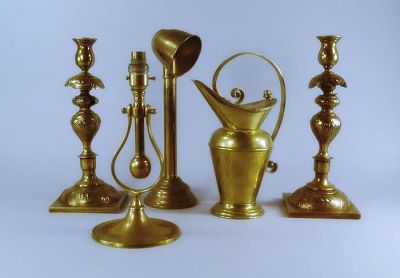 In the northern hemisphere where the days are short, dark and cold during the winter months, daily warmth indoors, and being able to build and maintain a domestic fire was an important housekeeping skill in the days before electricity. Fire and light are as necessary today as they were in years gone by. However making both light and fire in times passed was much more onerous, an art passed on from one generation to another. As a consequence a whole industry, terminology and paraphernalia accompanied the ritual of lighting the fire and making light. Wax jacks, chamber sticks, taper sticks, snuffers and trays, trivets, footmen, sadirons, fenders and firedogs were all items in everyday use that our ancestors took for granted.
In the northern hemisphere where the days are short, dark and cold during the winter months, daily warmth indoors, and being able to build and maintain a domestic fire was an important housekeeping skill in the days before electricity. Fire and light are as necessary today as they were in years gone by. However making both light and fire in times passed was much more onerous, an art passed on from one generation to another. As a consequence a whole industry, terminology and paraphernalia accompanied the ritual of lighting the fire and making light. Wax jacks, chamber sticks, taper sticks, snuffers and trays, trivets, footmen, sadirons, fenders and firedogs were all items in everyday use that our ancestors took for granted.Fire
Article Count: 8
The art of making fire in this modern age is a failing art, and no longer do the family gather around the fireplace to get warm. Technological advancement is a fine thing, but the loss of social interaction where people sat around the fireplace and spoke to each other rather than talking into a piece of plastic as is the modern way today and something we may later live to regret. The fireplace once held the focus of family life and its importance is reflected in the number of goods that were made especially for the fireplace.
Light
Article Count: 2
Household lighting has been one continuous effort to render the hours of darkness bright, and to provide by artificial means a luminosity which would, if not actually rivalling the sun, enable people to carry on their life with the same ease, convenience, and comfort after daylight had disappeared as during the earlier portion of the day. Every stage which has been advanced in artificial lighting has been welcomed in the home just as much as in the factory and in the workshop, for there are many daily duties as well as pleasures and amusements which are carried out much more satisfactorily when a good light is available than when there are shadows and dark corners only dimly lighted.
Silver & Silverplate
Article Count: 0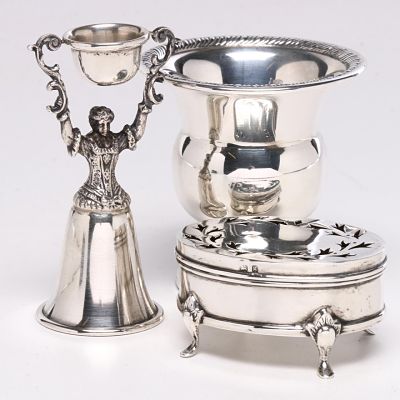
Ever since it was discovered silver, like gold has been converted into gleaming artefacts of great splendour and beauty. Such symbols of wealth and power are collected not only for their superb workmanship, but smaller more ornate pieces also have a unique attraction. This is in part because silver has always been a precious metal. The intrinsic value of silver has had one undesirable effect, silver objects have long been regarded as recyclable and thousands of pieces have been lost over the centuries, melted down to finance wars, to cover up theft, or simply to make something more fashionable.
Sterling Silver
Article Count: 4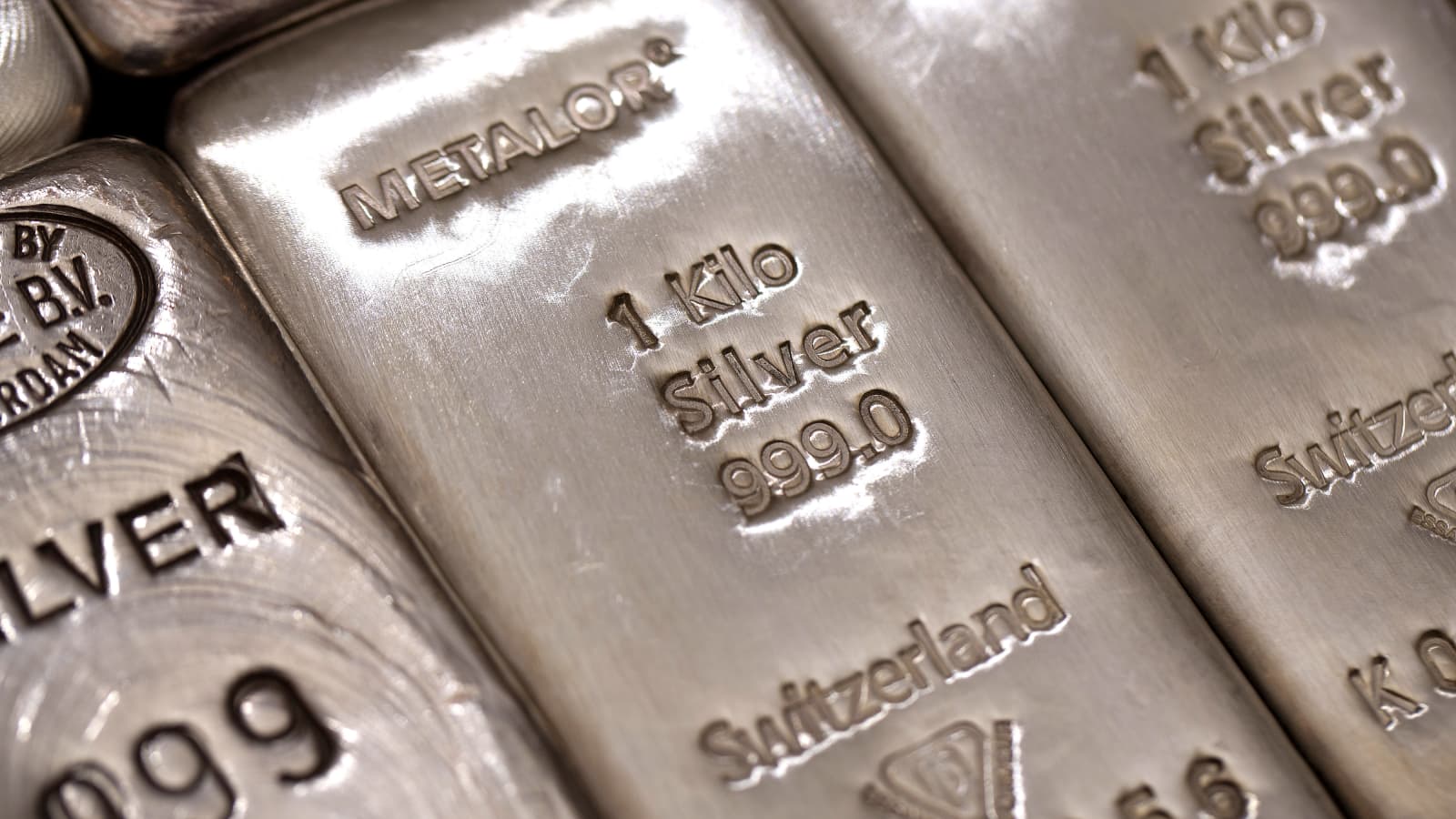 Silver in its natural state is 99% pure and is too soft and malleable to be used effectively for any practical purposes. It is alloyed with copper or zinc to toughen it up. Sterling Silver is 92.5% pure silver and 7.5% copper. It melts at 894 degrees Centigrade. Sterling Silver is one of the most popular metals in the jewellery trade, and people with allergies to other metals can safely use this metal. A multi-faceted metal, it is used extensively for coins, utensils, storage containers, jewellery and other decorative pieces.
Silver in its natural state is 99% pure and is too soft and malleable to be used effectively for any practical purposes. It is alloyed with copper or zinc to toughen it up. Sterling Silver is 92.5% pure silver and 7.5% copper. It melts at 894 degrees Centigrade. Sterling Silver is one of the most popular metals in the jewellery trade, and people with allergies to other metals can safely use this metal. A multi-faceted metal, it is used extensively for coins, utensils, storage containers, jewellery and other decorative pieces.Fabergé
Article Count: 1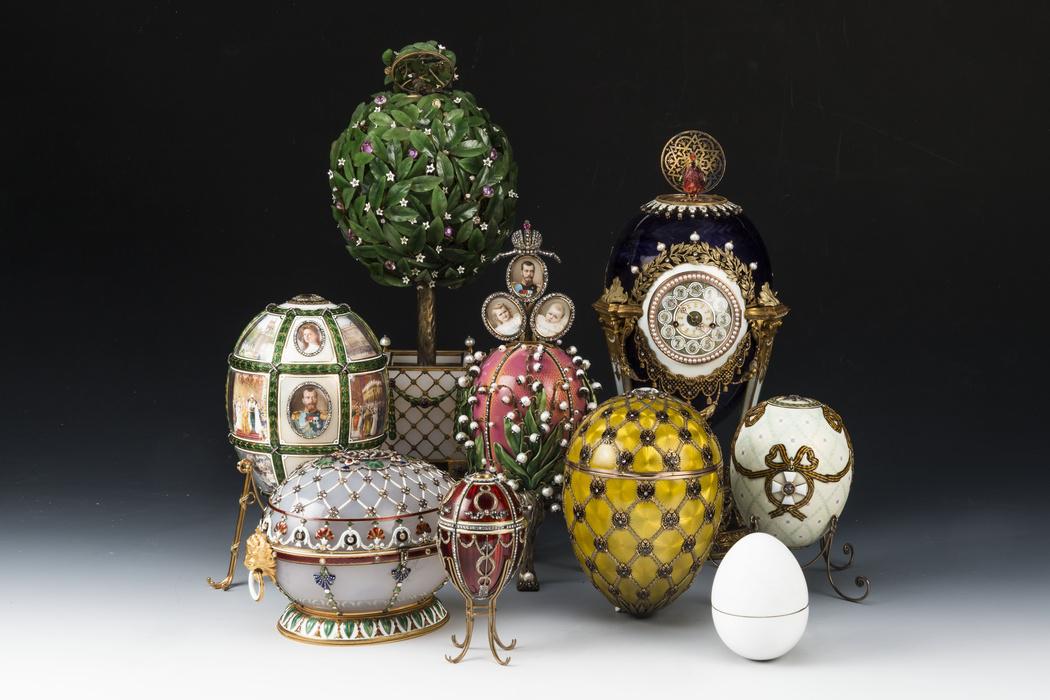 Writing about Faberge is as close as I will come to this famous and well known Russian silversmith since all the pieces are unfortunately outside of my financial reach.
Writing about Faberge is as close as I will come to this famous and well known Russian silversmith since all the pieces are unfortunately outside of my financial reach.Peter Charles Faberge was born in Russia, in St. Petersburg on May, 30th, 1846. His father Gustav, of Huguenot extraction, was an unassuming jeweller who had been independently active since 1841. In 1860, Carl Faberge accompanied his parents on their move to Dresden. From there his father sent him on a tour of Europe, with stops in Frankfurt, Florence, and Paris. Back in St. Petersburg by 1866 as a full-fledged master, Carl joined Hiskias Pendin, August Holmstrom, and Wilhelm Reimer, all of whom had been employed by his father. In 1868 a Finnish goldsmith, Erik Kollin, was attached to the firm. Four years later Carl Faberge took over his father's workshop, with Kollin as his first head workmaster.
In 1882, Agathon Faberge joined his brother Carl in St. Petersburg and worked with him for over ten years. This period was to be the richest and most creative in Faberge's oeuvre, with the quality of objects produced remaining unsurpassed.
Most of the Faberge themes (the Imperial Easter eggs, animals, flowers, and objects of vertu in hard stones or precious metals) were introduced during this period and under the direction of the head workmaster, Mikhail Perkhin (1886-1903). By the 1890's Faberge had outstripped his competitors in the field of objects and silver and important commissions were undertaken for the Coronation festivities of 1896. Trips made by the Imperial Family to Denmark and to London were a source of excellent business for Faberge, since many of their presents came from his workshops.
Silverplate
Article Count: 2
In the 1830’s George Richard Elkington and his brother Henry Elkington patented the process for electroplating silver and by the 1840’s had perfected the techniques which were to make them famous. Electroplate or silverplate was a completely different process from Sheffield plate. Instead of fusing two or three pieces of metal together, the process used electricity to deposit pure silver onto a base metal. Various base metals were used but “nickel silver,” an alloy of copper, zinc and nickel, proved to be the best for electroplating.
Styles, Periods & Special Events
Article Count: 0
Whilst some styles and periods are best forgotten, most have been copied, modified and repeated many times. Special events vary around the world but they all reflect the historic events of individual countries.
Styles & Periods
Article Count: 2
The story of style can be said to be the tracing of the strands that mesh to give each age its distinctive look, from the skills and materials available, to the changes in life style and income from buyers zest for the new, to designers vision of beauty.
Special Events
Article Count: 1
For some a special event is a designated day or holiday such as Christmas Day or Valentine´s Day, but for others it can represent a birth or confirmation, whilst for others it can be a treat to say thank you, or I appreciate you. Some say it with flowers, others with a pieces of jewellery, but whatever your taste, it is always nice to know that your efforts are appreciated and rewarded with a gift.
